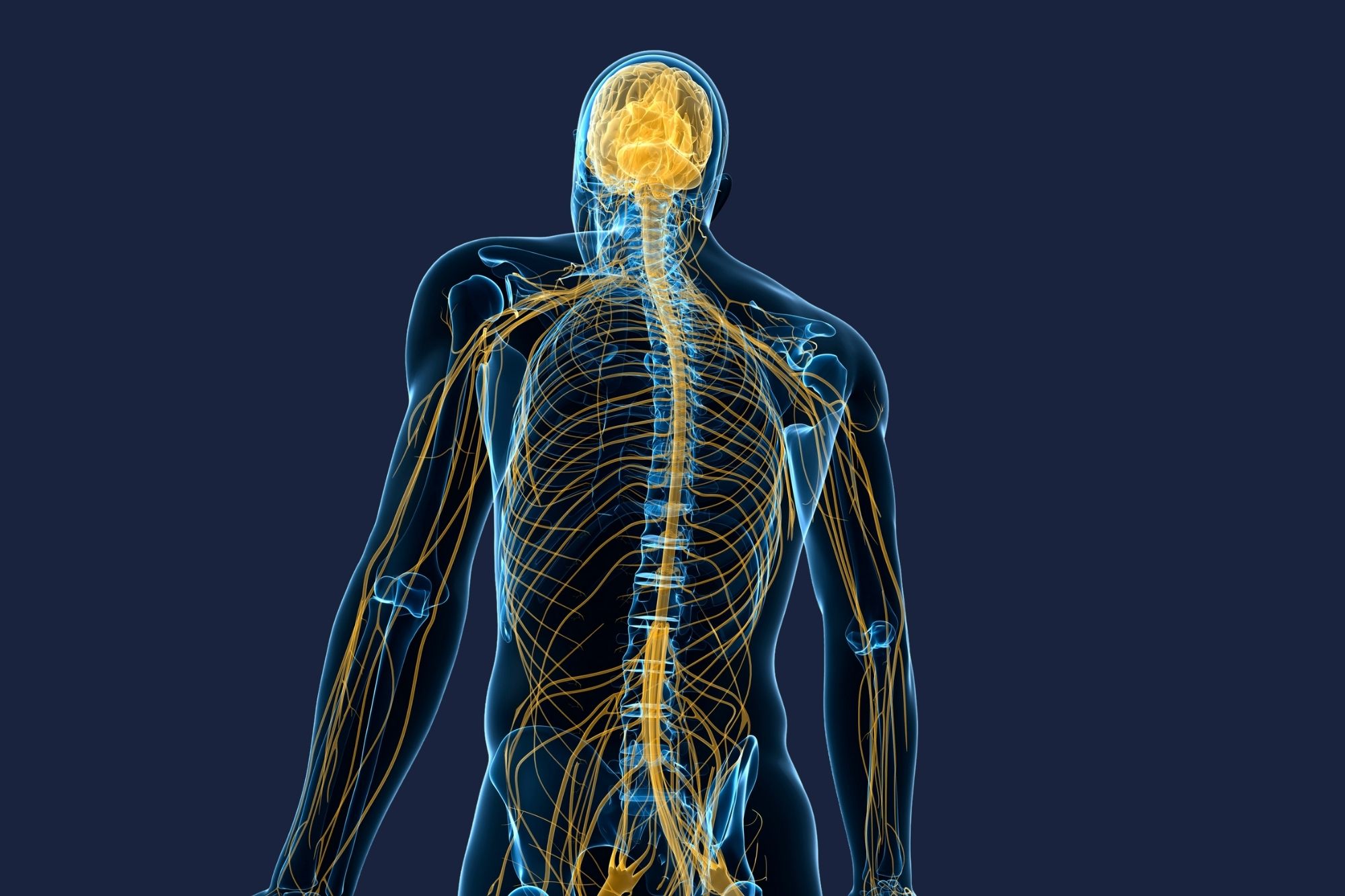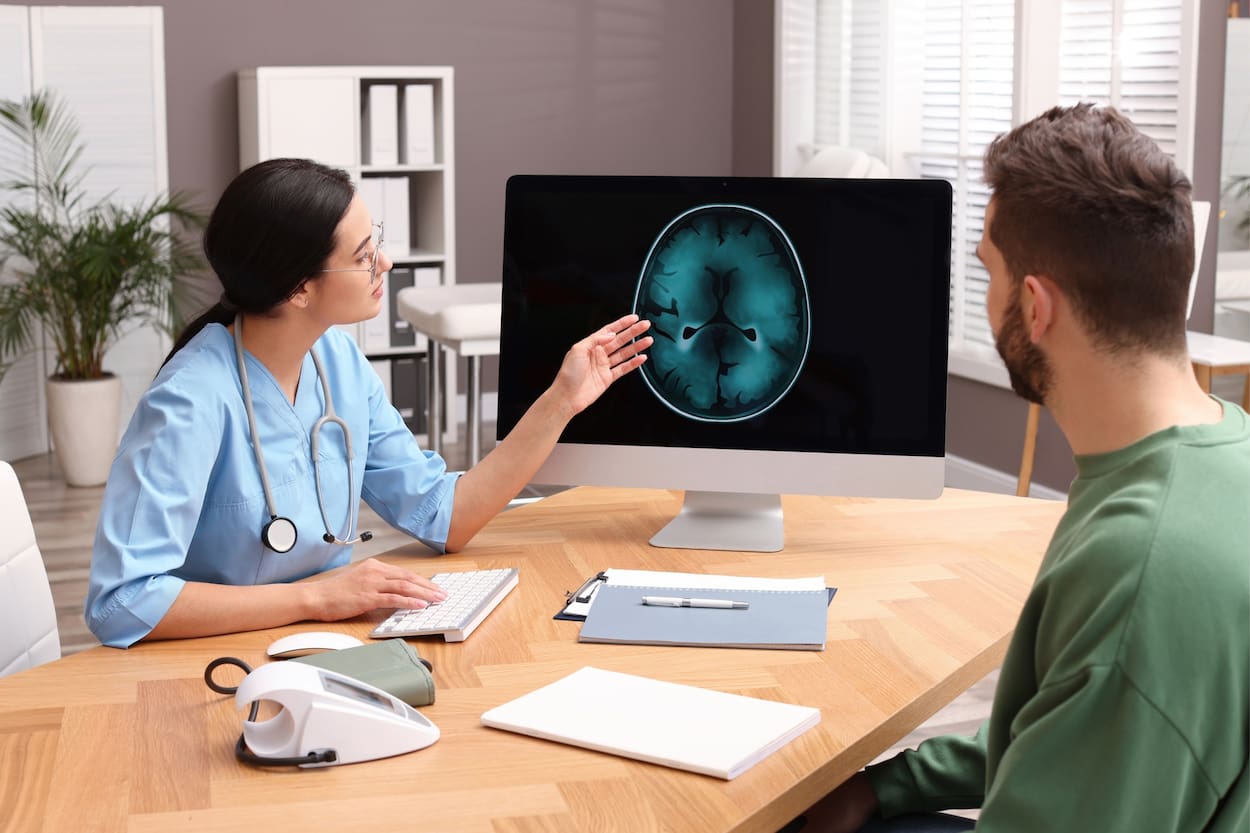
Spinal Cord Stimulation for Back Pain
Chronic back pain can be debilitating, affecting every aspect of a person's life, from work to leisure activities. For many, traditional treatments such as physical therapy, medications, and even surgery may not provide sufficient relief. This is where spinal cord stimulation for back pain comes into play. This innovative approach offers hope for those who have tried other methods without success. In this blog, we will explore what spinal cord stimulation for back pain is, how it works, who it benefits, and the potential outcomes and considerations involved in this treatment.
Understanding Spinal Cord Stimulation for Back Pain
Spinal cord stimulation for back pain involves the use of a small device implanted in the body to deliver electrical impulses to the spinal cord. These impulses interfere with the pain signals that are sent to the brain, effectively reducing the sensation of pain. The device, known as a spinal cord stimulator, consists of electrodes placed near the spinal cord and a pulse generator implanted under the skin, typically in the abdomen or buttocks.
How Spinal Cord Stimulation for Back Pain Works
The primary mechanism of spinal cord stimulation for back pain involves interrupting the pain signals before they reach the brain. When the device is turned on, the electrical impulses generated create a tingling sensation, known as paresthesia, which overrides the pain signals. This doesn't eliminate the source of the pain but changes the way the brain perceives it, providing significant relief for many patients.
Initial Trial Phase: Before the permanent implantation, patients undergo a trial phase to determine if spinal cord stimulation for back pain will be effective for them. During this phase, temporary electrodes are placed near the spinal cord and connected to an external pulse generator. If the patient experiences a substantial reduction in pain, they may proceed to the permanent implantation.
Permanent Implantation: Once the trial phase is successful, the permanent device is implanted. This involves a minor surgical procedure where the electrodes are placed near the spinal cord and the pulse generator is implanted under the skin. The entire system is then programmed and adjusted to the patient's needs.
Who Can Benefit from Spinal Cord Stimulation for Back Pain?
Spinal cord stimulation for back pain is typically recommended for patients who have not found relief through conventional treatments. It is particularly beneficial for those with:
Failed Back Surgery Syndrome (FBSS): Patients who continue to experience pain after back surgery may find relief with spinal cord stimulation for back pain.
Complex Regional Pain Syndrome (CRPS): This condition, characterized by severe chronic pain, can often be alleviated through spinal cord stimulation for back pain.
Degenerative Disc Disease: Patients with degenerative changes in their spine causing chronic pain may benefit from spinal cord stimulation for back pain.
Peripheral Neuropathy: Nerve damage outside the spinal cord can cause significant pain, which spinal cord stimulation for back pain can help manage.
Benefits of Spinal Cord Stimulation for Back Pain
Spinal cord stimulation for back pain offers several potential benefits:
Reduction in Pain: Many patients report significant pain relief, allowing them to reduce or eliminate their reliance on pain medications.
Improved Quality of Life: With reduced pain, patients often experience better sleep, increased mobility, and an overall improved quality of life.
Reversible and Adjustable: The spinal cord stimulator can be turned off or removed if necessary, and the settings can be adjusted to optimize pain relief.
Minimally Invasive: Compared to other surgical options, the implantation of a spinal cord stimulator is less invasive and has a relatively quick recovery time.
Considerations of Spinal Cord Stimulation for Back Pain
While spinal cord stimulation for back pain can be highly effective, it is not without potential risks and considerations. Some of these include:
Surgical Risks: As with any surgical procedure, there are risks such as infection, bleeding, and potential complications from anesthesia.
Device Complications: There is a possibility of hardware malfunction, lead migration, or breakage, which might necessitate additional surgery.
Ineffectiveness: Not all patients experience sufficient pain relief. Approximately 50-70% of patients report significant improvement, but this means that some may not benefit as much as hoped.
Cost and Insurance: The cost of spinal cord stimulation for back pain can be high, and not all insurance plans cover it. It is important to verify coverage and understand any out-of-pocket expenses.
Post-Procedure Care and Follow-Up
After the spinal cord stimulator is implanted, patients will need to follow specific care guidelines to ensure the device functions correctly and to prevent complications. This includes:
Regular Follow-Ups: Scheduled visits to the healthcare provider to monitor the device and make necessary adjustments.
Activity Restrictions: Patients may need to avoid certain activities that could displace the electrodes or damage the pulse generator.
Device Maintenance: Ensuring the pulse generator's battery is functioning properly and being aware of the need for battery replacement, which typically occurs every 5-10 years.
Patient Success Stories
Many patients who undergo spinal cord stimulation for back pain report life-changing results. For instance, Jane, a 45-year-old woman with failed back surgery syndrome, found herself unable to work or enjoy daily activities due to chronic pain. After trying various treatments with no success, she opted for spinal cord stimulation for back pain. Following the procedure, Jane experienced an 80% reduction in her pain levels, allowing her to return to work and engage in activities she once enjoyed.
Manage Back Pain with Healthy Türkiye
Spinal cord stimulation for back pain represents a significant advancement in the treatment of chronic pain conditions. By altering the way pain signals are perceived by the brain, spinal cord stimulation for back pain offers hope for many who have exhausted other treatment options. While spinal cord stimulation for back pain is not a cure and may not work for everyone, for those who do find relief, the impact can be profound. If you are considering spinal cord stimulation for back pain, it is essential to discuss it thoroughly with your healthcare provider to understand the potential benefits and risks and to determine if spinal cord stimulation for back pain is the right option for your specific condition.



